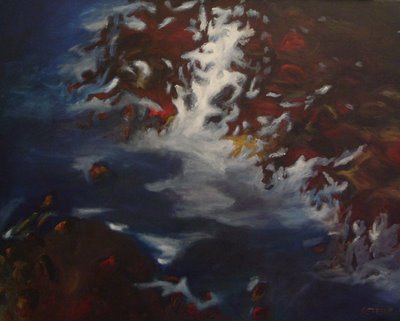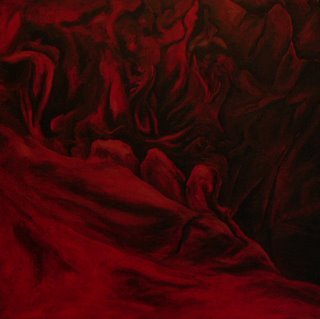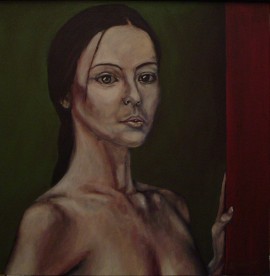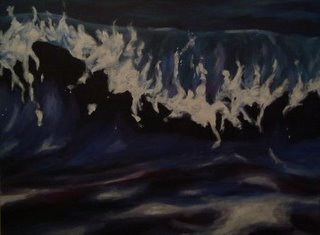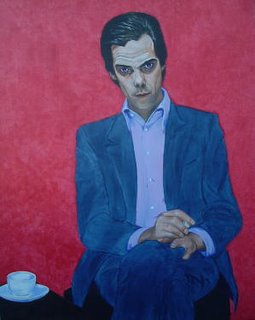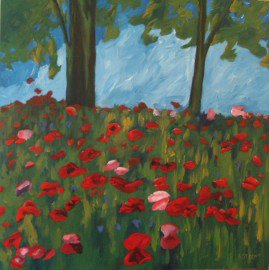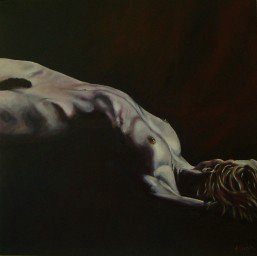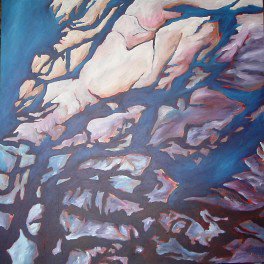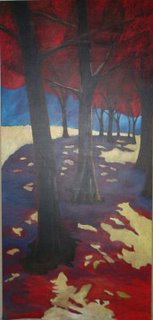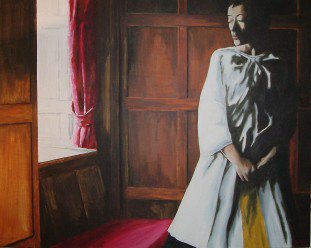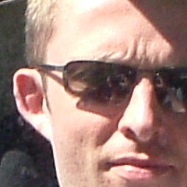
The Painted Arc has moved to a new home.
Like other bloggers, I was patient when I had to jump through proverbial hoops after Google started messing around with my old-style Blogger account with which I was very happy. I had already bit my lip at the news that Google was giving information to the Chinese government about pro-democracy activists (and wrongly, kept silent) but now that the senior members of the board have failed to act on shareholder protests, I've decided to do the responsible thing and move my blog.
In case the link above doesn't work, you can catch up with me at: thepillow.wordpress.com
For more on Google in China from TimesOnline: How long can the Great Firewall of China last?

